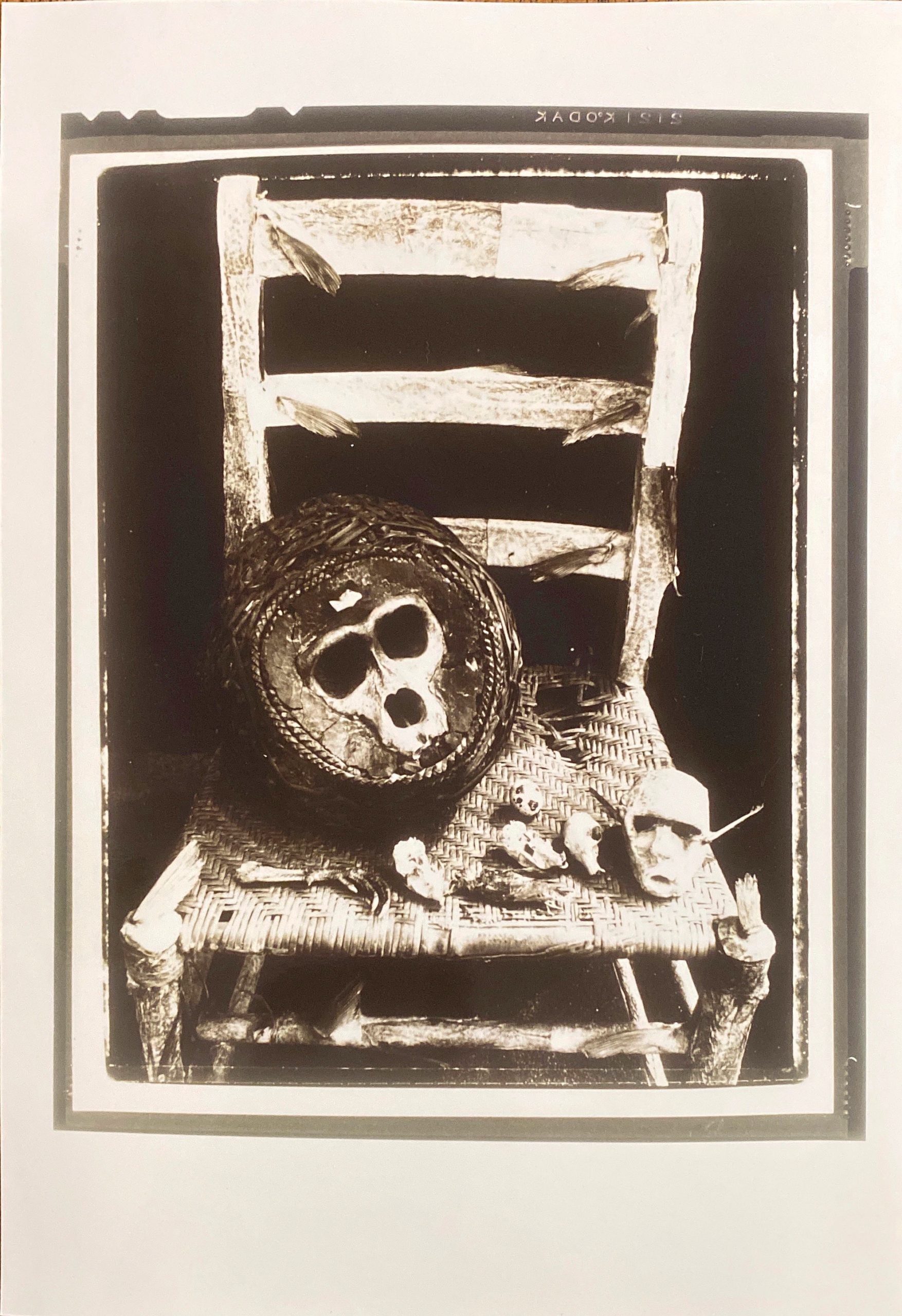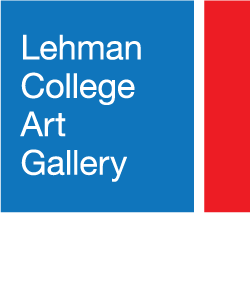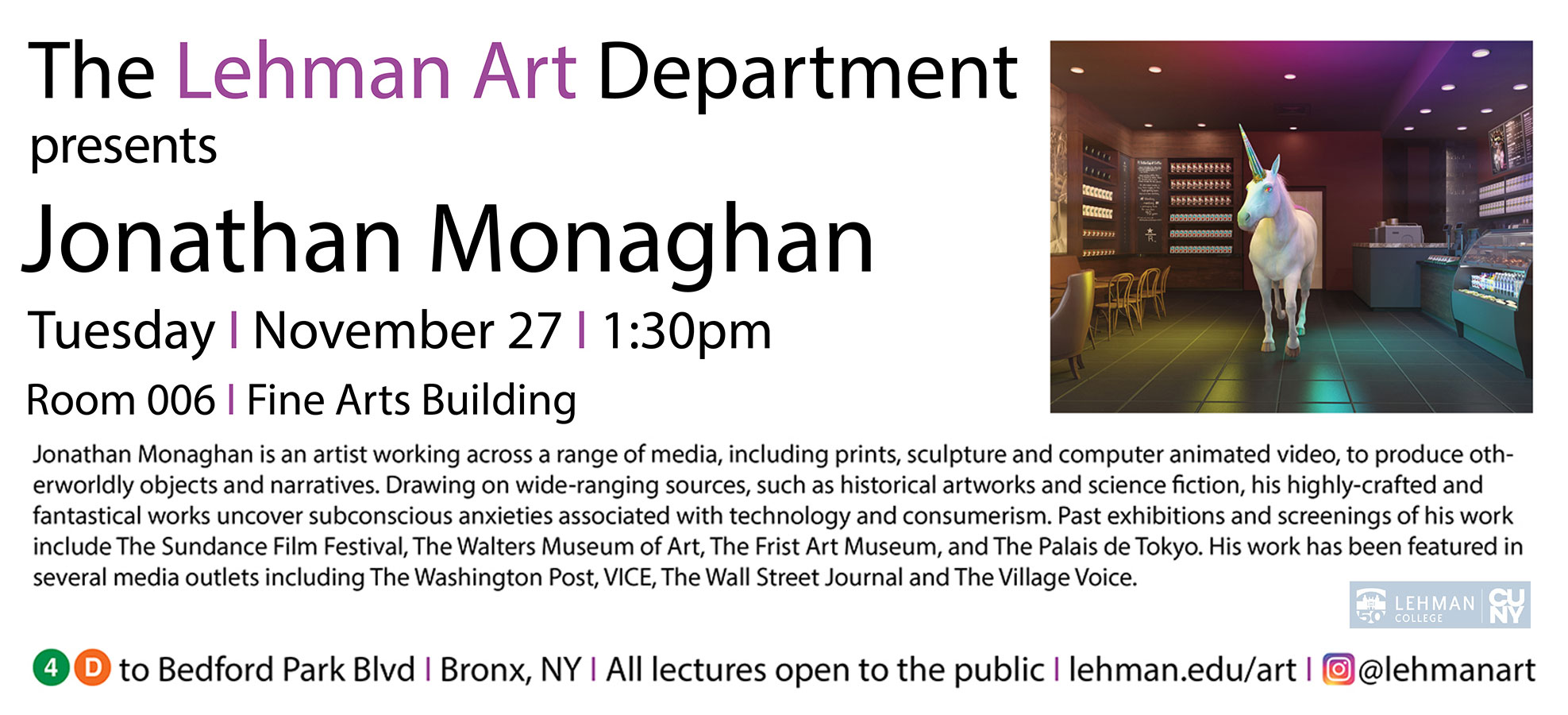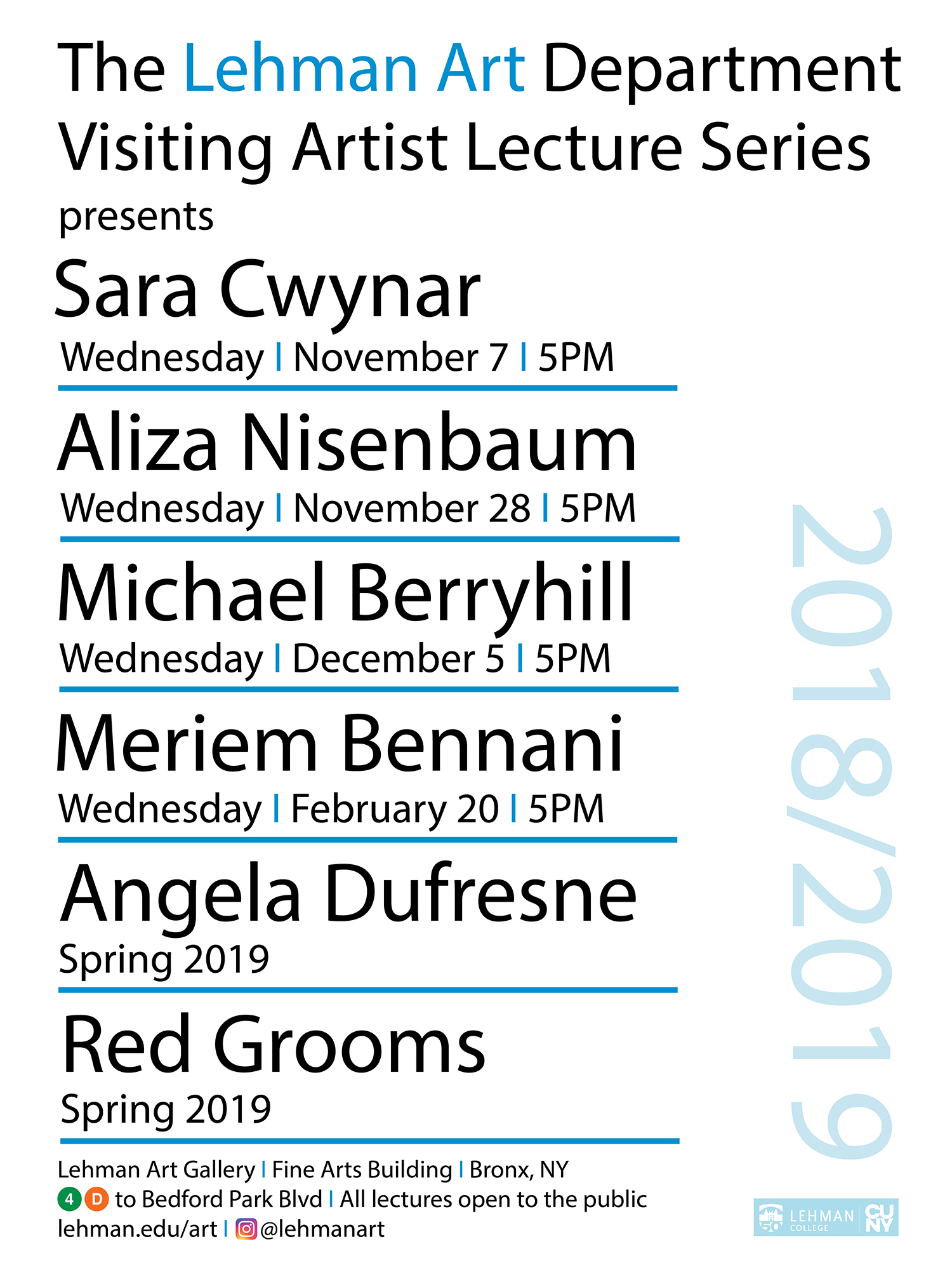Syncretism: Marta Maria Perez Bravo, Albert Chong, and Mario Cravo-Neto
Syncretism examines the work of three contemporary artists whose photography incorporates imagery which relates to the spirituality, beliefs or ritual objects associated with Santeria and with Condomble, as the religion is known in Brazil. This African-based religion in which Yoruba deities are paired with Catholic saints, evolved in New World communities where large numbers of Yoruba people were transported as part of the slave trade. The practice provided a means to continue traditional Yoruba religious observances within the context of Catholicism and today is found throughout the Caribbean, in parts of South America, as well as major American cities. Each of the artists works within a studio context and is firmly rooted in postmodern practice, incorporating the strategies of installation and performance art as a means of making connections to ritual and symbols. Cuban artist Marta Maria Perez Bravo uses her body as a living alter, including objects associated with the orishas to concretize their symbols. Jamaican-born Albert Chong incorporates Santeria imagery as part of a larger exploration of spiritual traditions, including Rastafarian as well as personal symbolism, and as a means of investigating issues of identity. Brazilian artist Mario Cravo-Neto photographs are inspired by the drama and mystery of Condomble and its contribution to the rich cultural history of Bahia.



